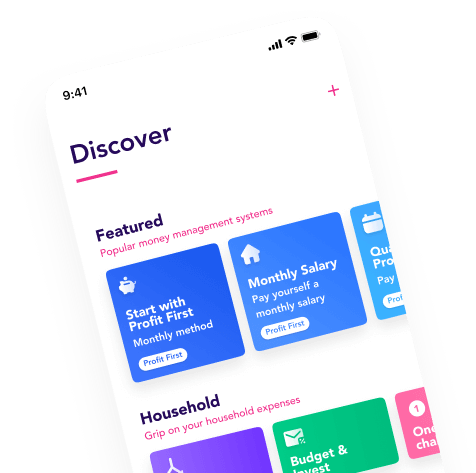
If you've ever contacted a financial advisor, they probably advised you to separate business and personal finance. Of course you'll also find this advice on any finance blog, but why exactly?
The benefits of separating your personal and business finances are many, but most importantly, it can help you improve your business significantly. You'll find that many of your business troubles stem from the fact that your personal and business finances are all mixed up.
Most business owners find it hard to keep accurate records of income and expenses. However, separating business and personal finances is the easiest way to simplify that. If you're wondering how to do so, keep reading.
You can take many different routes while going about separating your business and personal finances. However, these five ways are foolproof and recommended by most successful business owners.
Step 1: Incorporate your business
If you do not yet have a Chamber of Commerce (KVK) registration, now is the ideal time to do so. With a CoC registration you get a VAT number. With this number you can file a sales tax return.
But that is not the only thing your CoC registration does for you. You also need your CoC number to open a business bank account and apply for business credit.
This is the first step towards separating your business and personal finances.
Step 2: Open a business bank account
The next step is to open a business bank account. A separate business bank account allows you to pay bills, deposit cash, collect invoice payments, and buy equipment solely for your business. Plus, you don't have to go through the hassle of pulling money from your personal bank account.
Step 3: Track your expenses (separate receipts)
The best way to store your receipts is by keeping business and personal expenditure separate. That way, you won't have to look through piles of personal spending to find that one business receipt. Plus, in the case of an audit, the IRS will want to go through your business receipts.
Losing track of your business expenses is a red flag for the IRS as well as potential investors and lenders.
We recommend reviewing all your receipts every month to keep things organized and categorize them according to expenditure type, for example, inventory, equipment, cleaning, business vehicle maintenance, etc.

Step 4: Set up an accounting system
As we've mentioned, tracking your business expenses is an essential step towards success. It helps you figure out the cash flow and revenue of your business as well as help you plan better for the future in terms of growth.
In that case, simply having a business bank account isn't enough; it's also wise to set up an accounting system. Using small business accounting software tools like Freshbooks and Wave, you can monitor your expenses.
Step 5: Pay yourself a salary
If you run your own business, you'll probably agree to the statement that paying yourself is one of the hardest parts of being a business owner. Don't compromise and leave yourself with the leftovers once you've paid everyone else; pay yourself a salary.
Conclusion
Keeping your business and personal finances together can create a financial knot. Consequently, this knot can become impossible to untangle if you're not careful enough.
